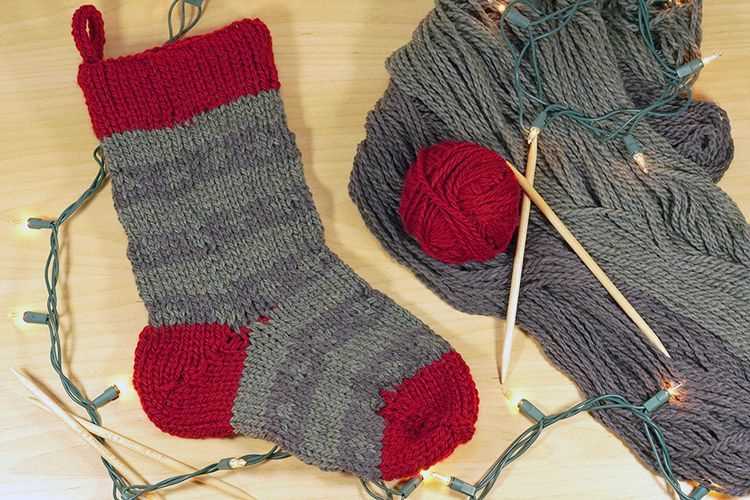
Knit stockings have been a timeless fashion staple since their introduction in Europe in the 16th century. They were originally worn by men and women alike for warmth and protection during cold weather. Today, stockings have become a popular accessory that adds a touch of sophistication and style to any outfit.
Knitting your own stockings is a rewarding and enjoyable project that allows you to personalize your wardrobe. Whether you’re a beginner or an experienced knitter, there are various patterns and designs available to suit your skill level and preference.
One popular knit stockings pattern is a basic ribbed design. It incorporates a simple rib stitch pattern that creates a stretchy and comfortable fit. This pattern is perfect for beginners and can be easily customized by adding different types of ribbing or changing the color scheme.
If you’re looking for a more intricate design, you can try knitting lace stockings. Lace patterns add an elegant and feminine touch to your stockings, making them a perfect choice for special occasions or when you want to add a touch of glamour to your outfit. Lace stockings require a bit more skill and patience, but the end result is definitely worth it.
Why Knit Stockings?
Knitting stockings offers a variety of benefits and reasons to take up this traditional craft. Whether for practicality, creativity, or the love of handmade items, knitting stockings can be a fulfilling project for all skill levels.
1. Customization and Creativity
One of the main reasons to knit stockings is the endless opportunity for creativity and personalization. Knitting allows you to choose from a wide range of colors, patterns, and designs to create unique stockings that reflect your personal style and taste. Whether you prefer traditional fair isle patterns or modern geometric designs, knitting allows you to bring your vision to life and create one-of-a-kind stockings that can’t be found in stores.
2. Warmth and Durability
In addition to being a creative outlet, knitting stockings provides practical benefits. Knit stockings are known for their warmth and durability, making them ideal for cold winter months. The thick yarn and tight stitches create insulation, keeping your legs cozy and protected from the elements. Additionally, knitting allows you to control the quality of materials used, ensuring that your stockings are made to last and able to withstand wear and tear.
3. Sustainable and Eco-friendly

Another reason to knit stockings is the environmentally-friendly nature of this craft. Knitting your stockings allows you to reduce your carbon footprint by using natural fibers, such as wool or cotton, instead of synthetic materials often found in mass-produced stockings. Additionally, knitting your stockings means you can reuse and repurpose yarn from other projects, reducing waste and promoting a more sustainable lifestyle.
4. Mindful and Relaxing Activity
Knitting stockings can also be a therapeutic and mindful activity. The repetitive motions and focus required in knitting can help reduce stress and anxiety, promote relaxation, and enhance mindfulness. It is a great way to unwind and take a break from the hustle and bustle of daily life. Knitting stockings allows you to slow down, be present in the moment, and enjoy the process of creating something with your own hands.
In conclusion, knitting stockings offers a unique combination of creativity, practicality, sustainability, and mindfulness. Whether you are looking to express your personal style, stay warm in the winter, reduce your environmental impact, or simply find a relaxing hobby, knitting stockings is a rewarding endeavor that can bring joy and fulfillment to your life.
History of Knit Stockings
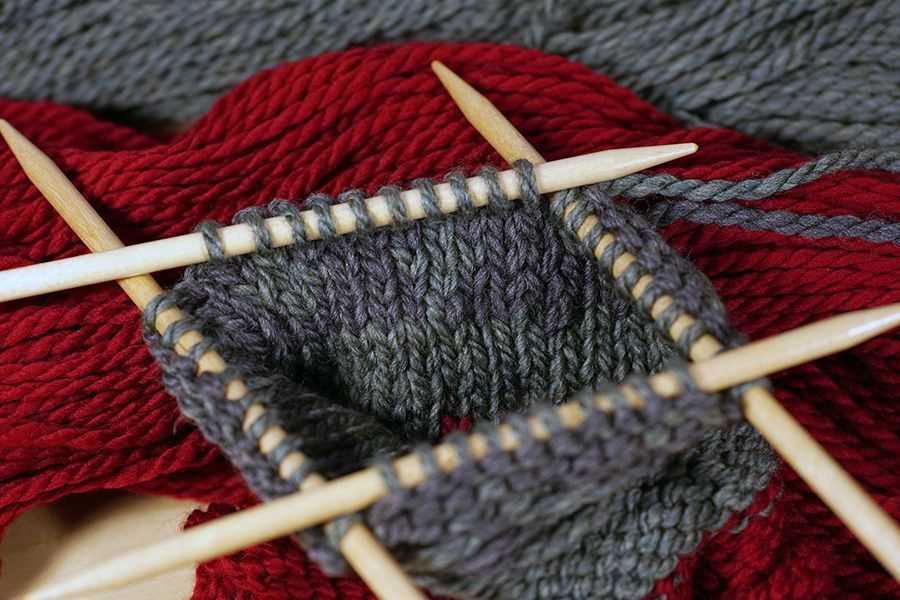
Knit stockings have a rich history that dates back centuries. The art of knitting socks and stockings has been perfected over time, with various cultures and civilizations contributing to their development.
One of the earliest known examples of knitted stockings can be traced back to Ancient Egypt. These early stockings were made from fine, lightweight yarns and were often adorned with intricate patterns and designs. They provided warmth and protection for the feet and legs, especially during colder seasons and in regions with harsh climates.
The popularity of knit stockings spread across civilizations, with the Greeks and Romans adopting the trend. Knitting techniques and patterns evolved, and stockings became more than just a practical item of clothing – they became a statement of fashion and social status.
In Medieval Europe, knit stockings held significant importance. They were considered a luxury item, reserved for the wealthy and nobility. The craftsmanship and attention to detail in handmade knit stockings were highly valued, and they were often gifted as tokens of affection or as symbols of prestige.
As knitting techniques advanced, stockings became more accessible to the general population. The Industrial Revolution in the 18th and 19th centuries brought with it new machinery and technology that revolutionized the knitting industry. This led to the mass production of stockings, making them more affordable and readily available to people of all social classes.
Today, knit stockings continue to be a popular fashion accessory, not only for warmth but also for style. Modern knitting techniques and patterns allow for endless possibilities in design and customization. Whether it’s a cozy pair of woolen stockings or a delicate pair of lace stockings, knit stockings remain a timeless and versatile addition to any wardrobe.
Getting Started with Knit Stockings
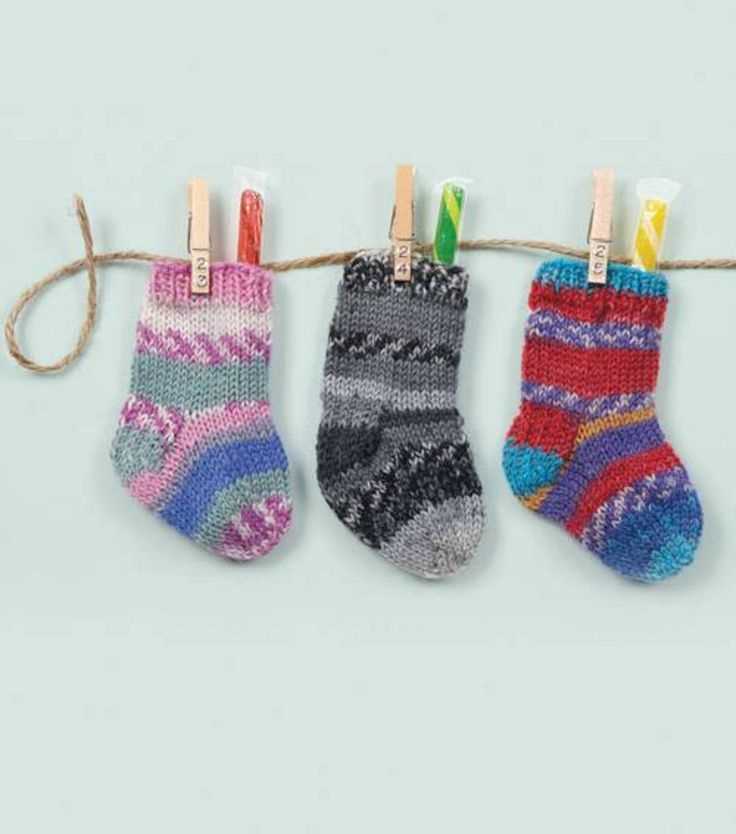
Knitting stockings is a fun and rewarding project that allows you to create cozy and stylish accessories for your feet. Whether you’re a beginner or an experienced knitter, knitting stockings provides an opportunity to practice various stitches and techniques while producing a practical and unique item.
Choosing the Right Yarn: Before you begin knitting stockings, it’s important to choose the right yarn for your project. Consider the weight and fiber content of the yarn, as well as the desired level of warmth and durability. Opt for a yarn that is suitable for socks and offers sufficient stretch to ensure a comfortable fit.
Gathering Supplies:
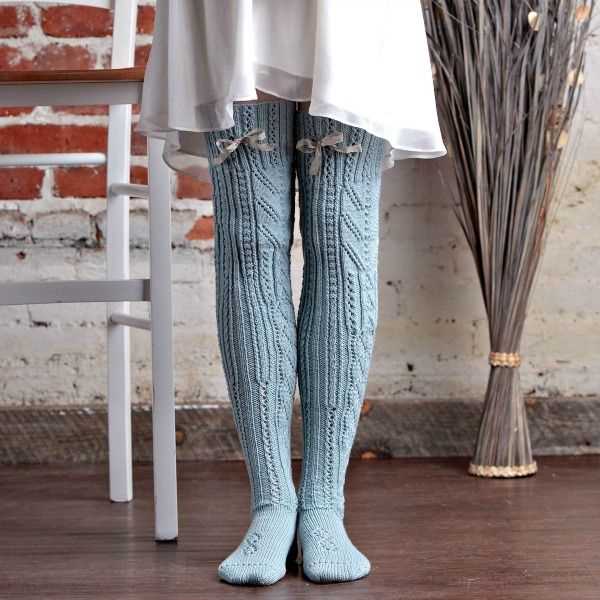
- Knitting Needles: Select a pair of needles that corresponds to the recommended gauge of your chosen yarn. Typically, circular needles or double-pointed needles are used for knitting stockings.
- Tape Measure: Use a tape measure to accurately measure your foot and leg circumference to ensure a proper fit.
- Sock Pattern: Find a knitting pattern or create your own design for the stockings. Consider the desired height, stitch pattern, and any additional features like ribbing or cables.
- Stitch Markers: Use stitch markers to keep track of important milestones in your knitting, such as dividing for the heel or toe shaping.
- Yarn Needle: A yarn needle will come in handy for weaving in ends and seaming any necessary parts of the stocking.
Getting Started: Once you have gathered all the necessary supplies, you can begin knitting your stockings. Start by casting on the required number of stitches and following the pattern instructions for the cuff or leg portion. Take your time to ensure an even tension and consistent stitches as you work your way down the stocking.
Tips: It’s helpful to use stitch markers to indicate the start and end of repeat sections, especially if your pattern includes complex stitch patterns or cables. As you continue knitting, try on the stocking periodically to ensure a proper fit. If necessary, make adjustments to the length or width as you go.
By following a carefully chosen pattern and paying attention to the details, you’ll be able to create beautiful knit stockings that are both stylish and comfortable. Enjoy the process and don’t be afraid to get creative with different color combinations and stitch patterns!
Choosing the Right Yarn
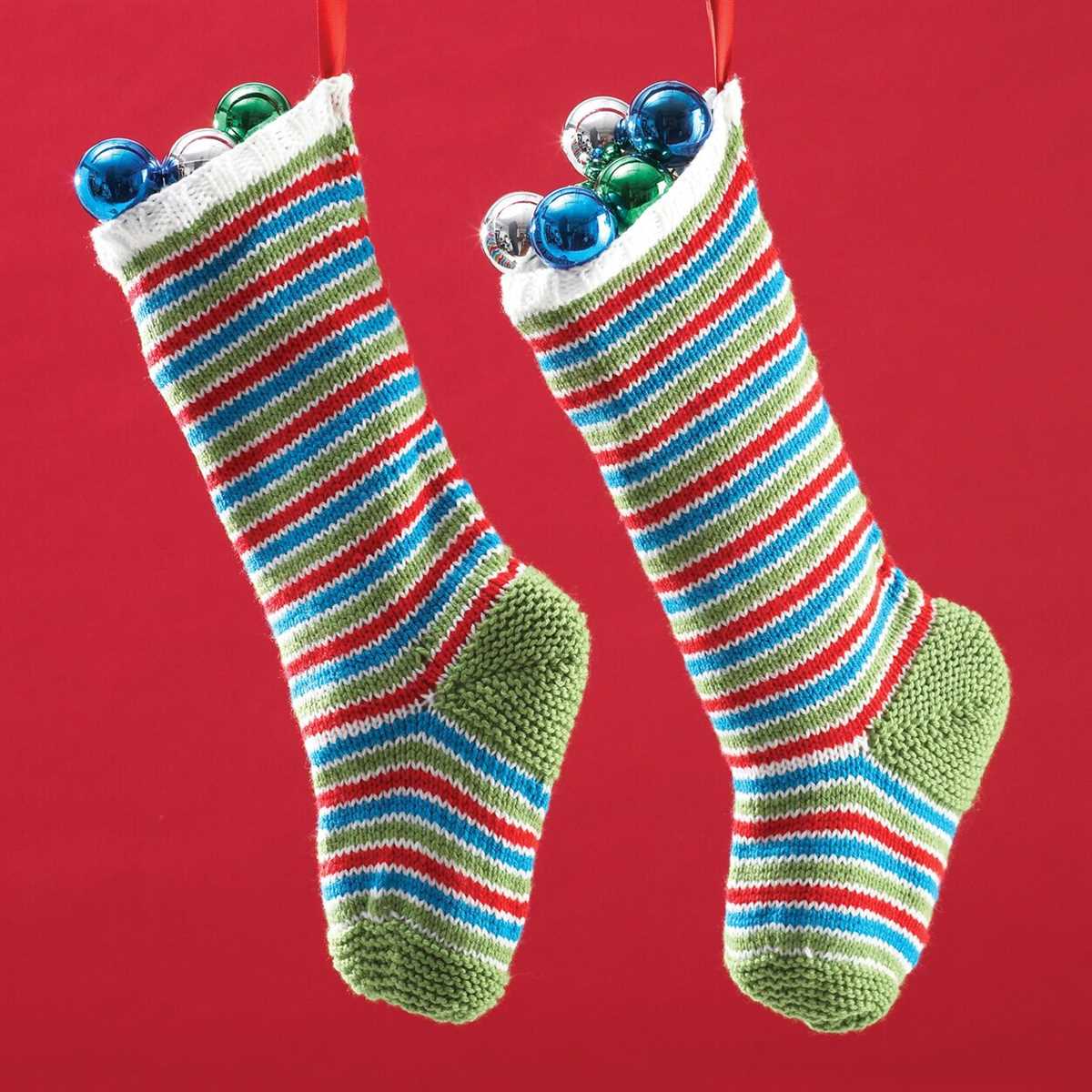
When it comes to knitting stockings, choosing the right yarn is crucial. The yarn you select will determine the look, feel, and durability of your finished project. There are several factors to consider when making your decision.
Fiber Content: The first thing to consider is the fiber content of the yarn. Common options for knitting stockings include wool, acrylic, and blends. Wool is a popular choice as it is warm, breathable, and has a natural elasticity. Acrylic yarn is often chosen for its affordability and easy care. Blends offer the best of both worlds by combining the properties of different fibers.
Weight: The weight of the yarn is also important. The pattern you are using will likely specify the weight of yarn it calls for, such as fingering, sport, or worsted. The weight will determine the thickness and drape of the stockings, so it’s essential to choose a yarn that matches the pattern requirements.
Color and Texture: Another consideration is the color and texture of the yarn. Think about the overall aesthetic you want to achieve with your stockings. Do you prefer solid colors or variegated ones? Do you want a smooth and shiny yarn or a more textured one? The choice of color and texture will greatly impact the final appearance of your stockings.
Softness and Durability: Lastly, consider the softness and durability of the yarn. If you’re making stockings to be worn frequently, you’ll want a yarn that is soft against the skin and can withstand regular use without pilling or losing its shape. Take these factors into account to ensure your stockings are both comfortable and long-lasting.
Selecting the Needles
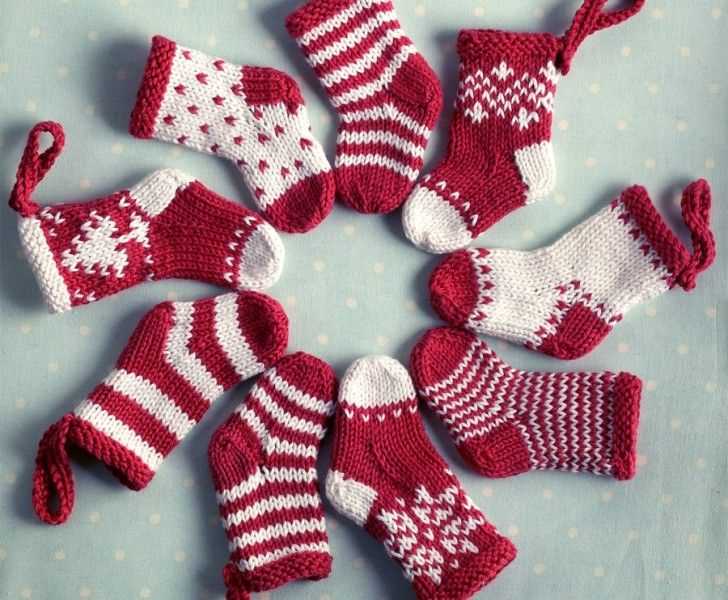
When it comes to knitting stockings, selecting the right needles is essential to achieve the desired result. The size and material of the needles can greatly affect the final appearance and fit of the stockings.
Size: The size of the needles will determine the gauge or tension of your knitting. For stockings, it is recommended to use a needle size that will give you a tight and dense fabric. This will help the stockings retain their shape and provide better insulation. Generally, a US size 2 or 3 (2.75mm or 3.25mm) needle is ideal for knitting stockings.
Material: The material of the needles can also impact the look and feel of the stockings. Metal and bamboo needles are the most common choices for knitting stockings. Metal needles are durable and provide a smooth surface for quick and easy knitting. Bamboo needles, on the other hand, have a natural grip and are slightly more flexible, which can be beneficial when working with small stitches or intricate patterns.
It is important to note that personal preference and knitting style can also play a role in needle selection. Some knitters may prefer the feel of wooden needles, while others may prefer the speed and precision of metal needles. Experimenting with different needle types and sizes can help you find the perfect match for your knitting project.
Basic Stitches for Knitting Stockings
When it comes to knitting stockings, it’s important to have a good understanding of the basic stitches. These stitches will form the foundation of your stocking pattern and determine the overall texture and design of your finished project. Whether you’re a beginner knitter or an experienced crafter, mastering these basic stitches will allow you to create beautiful and professional-looking stockings.
Garter Stitch: The garter stitch is one of the simplest and most commonly used stitches in knitting. It is created by knitting every row, resulting in a fabric with ridges on both sides. The garter stitch is often used for the cuffs and tops of stockings to provide elasticity and a polished finish.
Stockinette Stitch: The stockinette stitch is another fundamental stitch that is commonly used in stocking patterns. It is created by alternating knit rows with purl rows. This stitch produces a smooth, flat fabric with a distinct “v” pattern on the right side and a purl pattern on the wrong side. The stockinette stitch is often used for the main body of stockings to create a sleek and polished look.
Ribbing: Ribbing is a versatile stitch pattern that is commonly used for the cuffs and tops of stockings. It is created by alternating knit stitches with purl stitches in a regular pattern. Ribbing adds elasticity and structure to the stocking, allowing it to stretch and fit snugly around the leg. Common ribbing patterns include 1×1 ribbing (alternating one knit stitch with one purl stitch) and 2×2 ribbing (alternating two knit stitches with two purl stitches).
Cable Stitch: The cable stitch is a more advanced technique that can be used to add texture and visual interest to stockings. It involves crossing a set of stitches over each other to create a braided or twisted effect. Cable stitches can be combined with other basic stitches, such as stockinette or ribbing, to create intricate patterns and designs.
Slip Stitch: The slip stitch is a simple technique that involves passing a stitch from one needle to the other without knitting or purling it. This stitch is often used to create decorative patterns, such as colorwork or texture, in stockings. By slipping certain stitches and knitting or purling others, you can create unique and eye-catching designs that will make your stockings stand out.
Fair Isle: Fair Isle is a traditional knitting technique that involves working with multiple colors in the same row. This technique can be used to create intricate and colorful patterns in stockings. By carrying the unused color along the back of the work and knitting with the main color, you can create beautiful motifs and designs that will make your stockings truly unique.
Knit Stitch
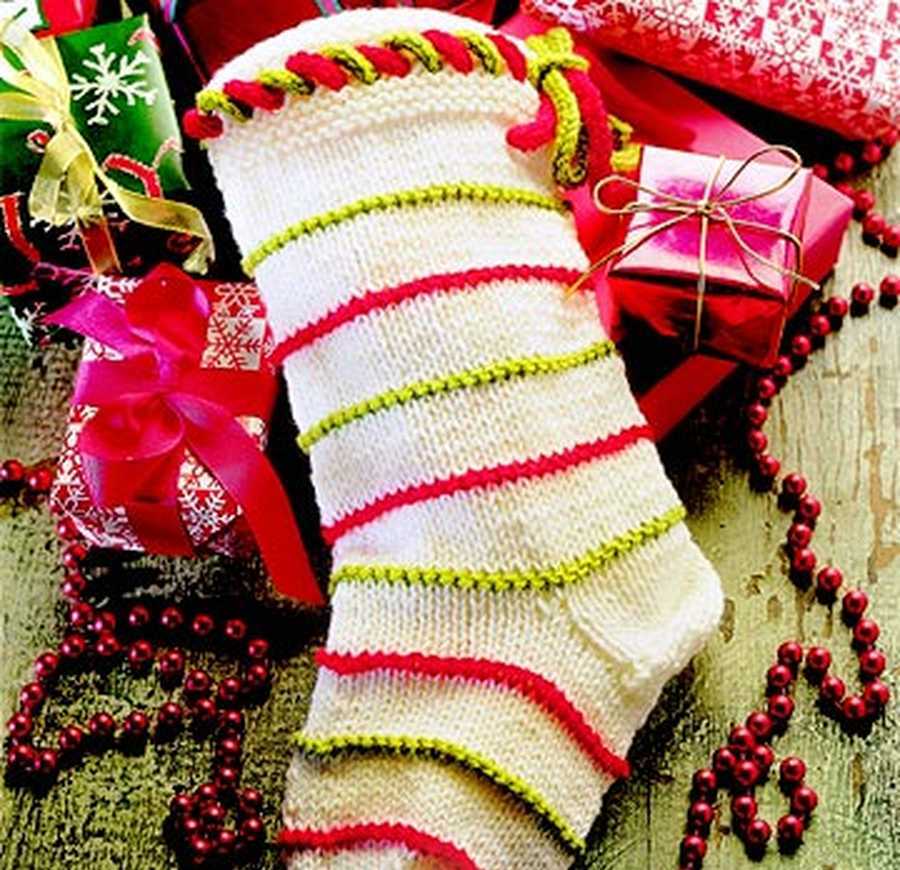
The knit stitch is a fundamental stitch in knitting. It is used to create the basic fabric structure by interlocking loops of yarn together. Knitting is a versatile craft that allows you to create a wide range of items, such as scarves, sweaters, and even stockings. The knit stitch is one of the first stitches beginners learn, and it forms the foundation for many other knitting stitches and patterns.
To create the knit stitch, you need two basic tools: knitting needles and yarn. The yarn is wrapped around the needle in a specific way to create the stitch. The beauty of the knit stitch lies in its simplicity and versatility. It can be worked in various combinations and patterns to create different textures and designs.
The basic knit stitch, also known as the garter stitch, creates a fabric with ridges on both sides. The knit stitch is formed by inserting the needle into the loop of the previous stitch, wrapping the yarn around the needle, and pulling it through the loop to create a new stitch. This process is repeated across the row, resulting in a series of interlocking loops.
Once you master the basic knit stitch, you can explore different variations and combinations to create more intricate patterns. For example, the purl stitch is often paired with the knit stitch to create the stockinette stitch, which has a smooth and flat surface on one side and ridges on the other. Other variations include ribbing, cables, and lace patterns, which add texture and visual interest to your knitting projects.
Whether you are a beginner or an experienced knitter, the knit stitch is an essential skill to master. It forms the building blocks of many knitting patterns and allows you to create beautiful and functional items. So pick up your needles and yarn, and start knitting!
Purl Stitch
The purl stitch is one of the basic knitting stitches used in many knitting patterns, including knit stockings. It is the opposite of the knit stitch and is commonly used to create a textured or ribbed pattern in a knitted fabric. The purl stitch is formed by inserting the right-hand needle from right to left into the front of the stitch on the left-hand needle, wrapping the yarn counterclockwise around the right-hand needle, and pulling the new stitch through.
The purl stitch creates a raised loop on the front of the knitted fabric, giving it a bumpy or ridged appearance. It is often used in combination with the knit stitch to create various stitch patterns such as stockinette stitch, ribbing, seed stitch, and many others. The purl stitch is versatile and can be used to create different textures and patterns depending on how it is combined with other stitches.
How to purl stitch:
- Hold the knitting needles with the right-hand needle in your right hand and the left-hand needle in your left hand.
- Insert the right-hand needle from right to left into the front of the stitch on the left-hand needle.
- Wrap the yarn counterclockwise around the right-hand needle.
- Pull the new stitch through, slipping the old stitch off the left-hand needle.
The purl stitch is an essential skill for any knitter and is used in a wide variety of knitting projects, including knitting stockings. By mastering the purl stitch, you can create intricate patterns and textures in your knitting and add depth and dimension to your finished garments. Whether you’re a beginner knitter or an experienced one, the purl stitch is a fundamental technique that you’ll use over and over again.
Knitting Patterns for Stockings
If you’re looking to add a cozy and stylish touch to your winter wardrobe, knitting your own stockings is a great option. Knitting patterns for stockings offer a wide range of designs to suit any taste and skill level. Whether you prefer intricate cables and fair isle patterns or simple and classic designs, there’s a stocking pattern out there for you.
One popular knitting pattern for stockings is the traditional cable knit design. This pattern features intertwining cables that create a textured and eye-catching look. The cables can be arranged in various ways, such as diagonally or in a honeycomb pattern. Knitting a pair of cable knit stockings is a great way to showcase your knitting skills and create a timeless piece of winter fashion.
Classic Stocking Pattern
If you’re a beginner knitter or looking for a quick and easy project, a classic stocking pattern is a great choice. This pattern typically features a simple ribbed cuff, a smooth body, and a decorative heel and toe. The simple design allows you to focus on your knitting technique and create a clean and polished finished product. A classic stocking pattern is also versatile, making it a great option for both casual and formal occasions.
Fair Isle Stocking Pattern
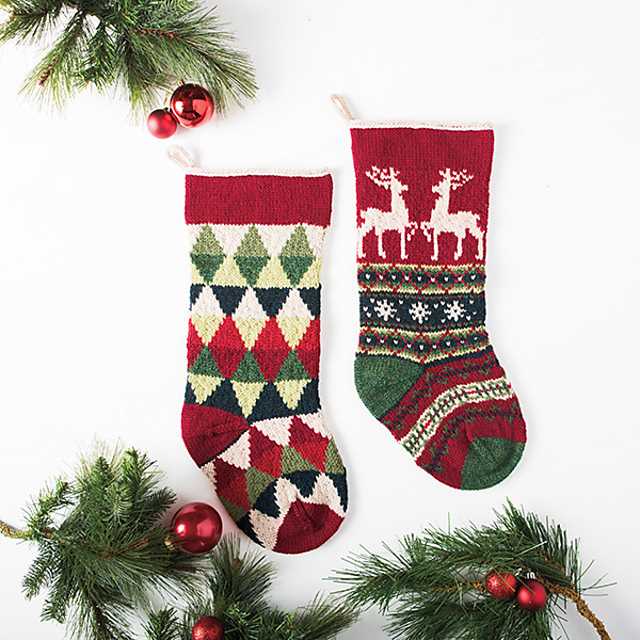
If you love colorful and intricate patterns, a Fair Isle stocking pattern is a perfect choice. Fair Isle knitting is a technique that involves using multiple colors in a row to create intricate patterns and designs. This pattern often features traditional motifs, such as snowflakes, reindeer, or Christmas trees. Knitting a Fair Isle stocking allows you to experiment with color combinations and create a unique and festive piece of winter fashion.
- Overall, knitting patterns for stockings offer a wide range of styles and designs to suit any preference. Whether you’re a beginner or an experienced knitter, there’s a stocking pattern out there for you. So grab your yarn and needles, and start knitting your own cozy and stylish stockings!
Simple Striped Pattern

One of the most versatile patterns for knit stockings is the simple striped pattern. This pattern is perfect for beginners as it only requires basic knitting skills and is easy to follow. With a combination of knit and purl stitches, you can create stylish and fashionable stockings that are sure to impress.
To create the simple striped pattern, you will need two different colors of yarn. Choose colors that complement each other and create a visually appealing contrast. You will also need knitting needles and a tapestry needle for finishing touches.
The pattern starts with casting on the desired number of stitches, depending on the size and fit you want for your stockings. You will then alternate between knitting and purling stitches to create the stripes. To add a pop of color, switch yarn colors after a few rows to create a striped effect. You can experiment with different widths of stripes to achieve the desired look.
Add ribbing at the top and bottom of the stockings to create a snug fit. This can be done by knitting in rib stitch pattern or by adding a ribbed cuff. Once you have completed the main body of the stockings, finish off with a basic bind off and weave in any loose ends with a tapestry needle.
The simple striped pattern allows for endless creativity and customization. You can play with different color combinations, stitch variations, and even add embellishments such as buttons or lace trim to make your stockings unique. Whether you want a classic black and white striped design or a bold and colorful pattern, the simple striped pattern is a great choice for knit stockings.
- Choose two complementary yarn colors
- Start with casting on the desired number of stitches
- Alternate between knitting and purling stitches to create stripes
- Switch yarn colors after a few rows for a striped effect
- Add ribbing at the top and bottom for a snug fit
- Finish off with a basic bind off and weave in loose ends
- Get creative with different color combinations and embellishments
Conclusion
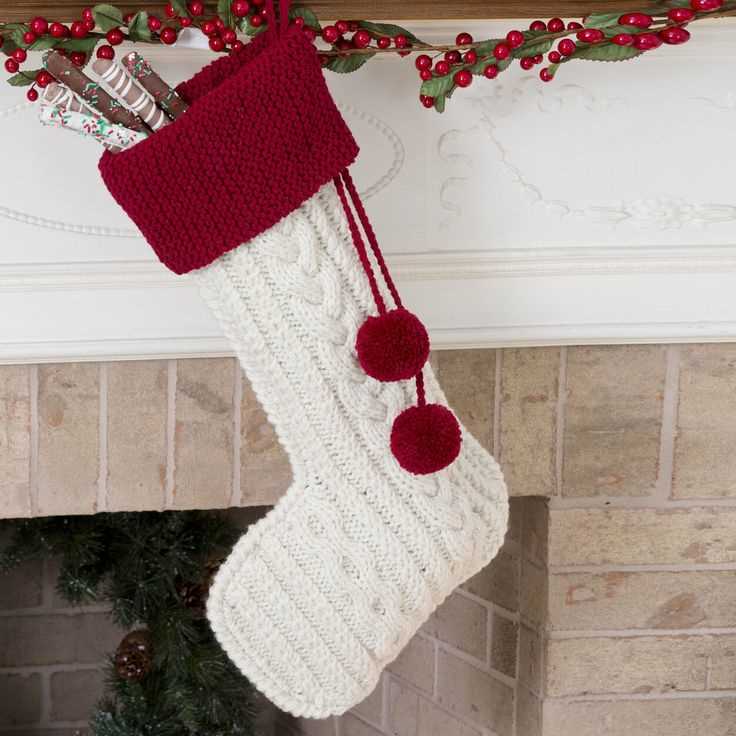
Knitting fair isle patterns can be a fun and rewarding experience for knitters of all skill levels. It allows you to create beautiful and intricate designs using multiple colors, while also adding warmth and durability to your stockings. Whether you choose to follow a traditional fair isle pattern or create your own design, the result is sure to be a unique and stylish pair of stockings.
Remember to always start with a gauge swatch to ensure that your stockings will fit properly. Additionally, practice your tension to ensure that your fair isle pattern is neat and even. With a little bit of patience and practice, you’ll soon be able to create stunning fair isle stockings that will be treasured for years to come.
So go ahead, grab your knitting needles and some colorful yarn, and start exploring the world of fair isle patterns. You’ll be amazed at the beautiful designs you can create!